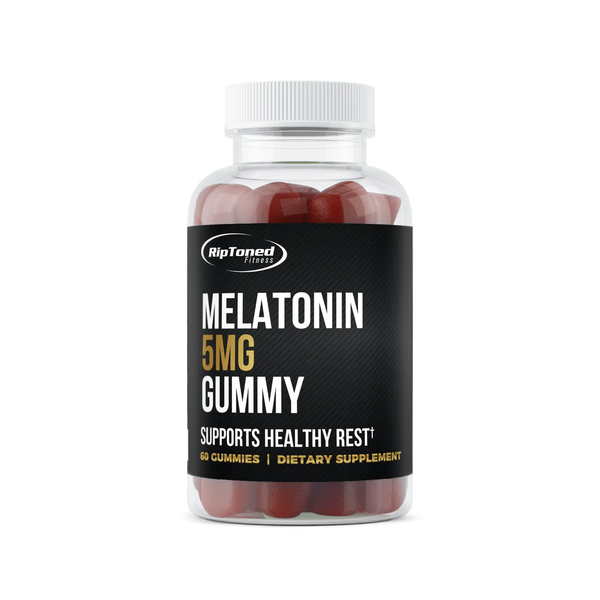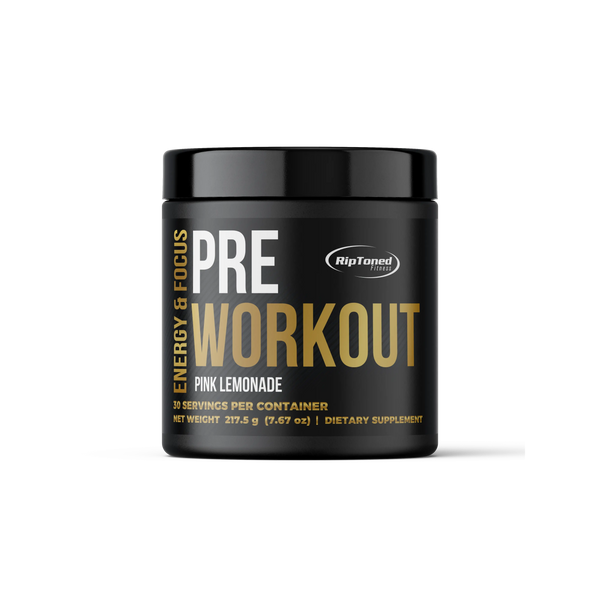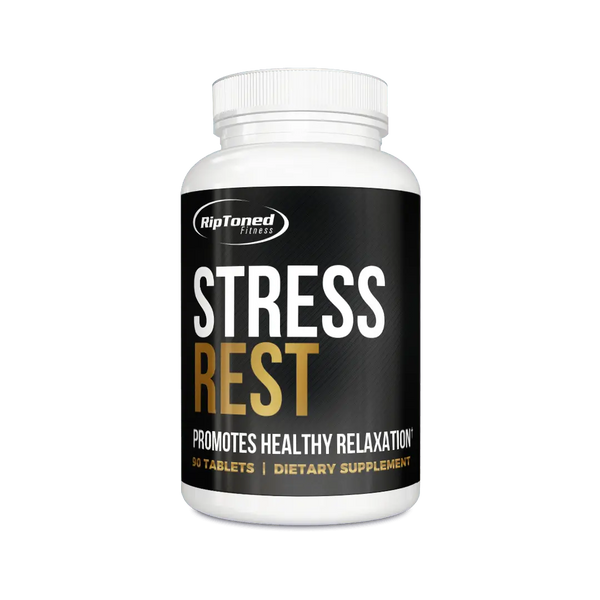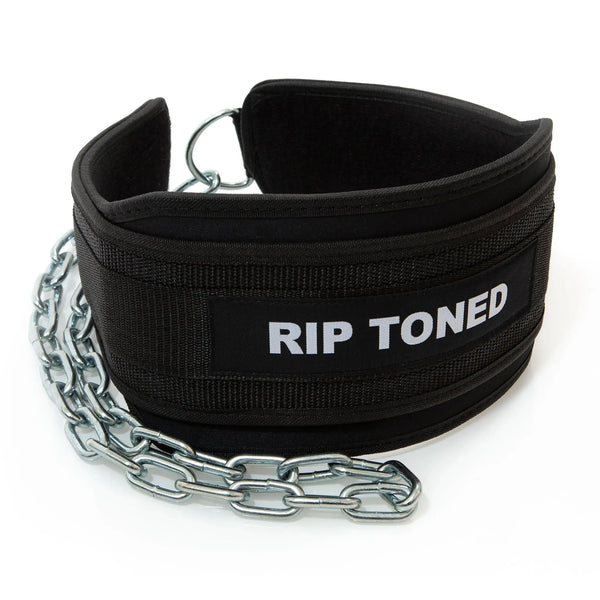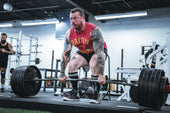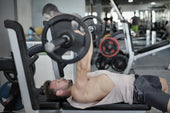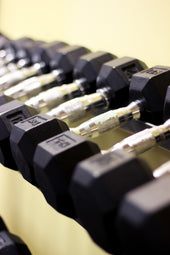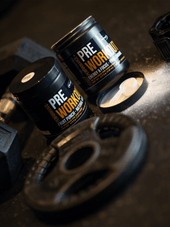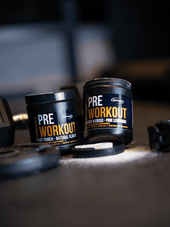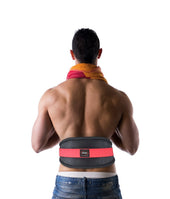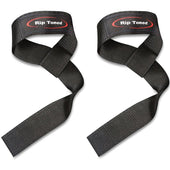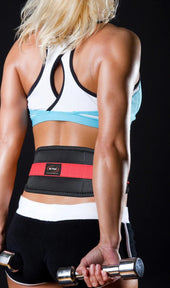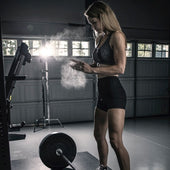
How Much Weight Can You Lift With A Hernia
Mark PasayShare
A hernia is a common medical condition when an organ or tissue pushes through the wall of muscle or connective tissue that usually holds it in place. While a hernia can occur anywhere in the body, they are most commonly found in the abdomen and groin areas.
One concern for individuals with a hernia is whether or not they can continue to lift weights without causing further damage. This raises the question - how much weight can you safely lift with a hernia?
In this article, we will explore the factors that determine the amount of weight that can be lifted with a hernia, the potential risks associated with weightlifting, and some tips for managing a hernia while still engaging in physical activity.
Whether you are an avid weightlifter or simply want to maintain an active lifestyle, this article will provide valuable information on how to safely lift weights with a hernia.
What is a Hernia?
A hernia occurs when an organ or tissue protrudes through a weak spot in the surrounding muscle or connective tissue. This can happen due to various reasons such as age, injury, or strain on the abdominal muscles. Common types of hernias include inguinal (groin), umbilical (belly button), and incisional (through a scar).
Symptoms of a hernia may include pain or discomfort, swelling or bulging in the affected area, and, in some cases, nausea and vomiting. While anyone can develop a hernia, certain factors such as obesity, pregnancy, and chronic coughing or sneezing can increase the risk.
Plus, a lack of physical activity and poor posture can also contribute to the development of a hernia. Therefore, it is important to maintain a healthy weight and engage in regular exercise to strengthen the abdominal muscles and reduce the risk of developing a hernia.
Can You Lift Weights With a Hernia?
The answer to this question depends on several factors, including the type and severity of your hernia, as well as your overall health and fitness level. In general, it is recommended to avoid lifting weights if you have been diagnosed with a hernia. Lifting heavy weights can put a strain on the affected area and potentially worsen the condition.
However, if you have a minor hernia that does not cause significant discomfort or interfere with daily activities, your doctor may give you clearance to continue lifting weights at a reduced weight and intensity. It is important to follow your doctor's advice and listen to your body - if you experience any pain or discomfort while lifting weights, stop immediately and consult your doctor.
Furthermore, it may be possible to engage in other forms of strength training that do not put as much strain on the abdominal muscles, such as using resistance bands or working on lower body exercises. As always, it is important to listen to your body and avoid pushing yourself too hard, as this can worsen a hernia or lead to other injuries.
Factors Affecting Weightlifting Ability With A Hernia
When it comes to lifting weights with a hernia, there are several factors that can affect the amount of weight that can be safely lifted. These include:
Location of the hernia
The location of the hernia plays a crucial role in determining how much weight you can safely lift. For instance, an inguinal hernia, which occurs in the groin area, might be more susceptible to strain from lifting heavy weights compared to an umbilical hernia positioned around the belly button.
The proximity of the hernia to weight-bearing muscles can increase the risk of exacerbation. Those with incisional hernias, which develop through a scar, may find weightlifting particularly risky, especially if the scar tissue is still healing or weaker.
In some cases, the hernia's location might allow for more flexibility in weightlifting if the exercises can be modified to avoid putting direct pressure on the affected area. It's essential to carefully consider the hernia's location and engage in exercises that minimize strain on that region. Always consult a healthcare professional to determine the safest way to continue your weightlifting routine based on the hernia's location.
Severity of the hernia
The severity of a hernia can also impact how much weight you can safely lift. A minor hernia may not cause significant discomfort, and your doctor may give you clearance to continue lifting weights at a reduced weight and intensity. However, if the hernia is severe and causing pain or interfering with daily activities, it is generally recommended to avoid weightlifting until the condition has been treated.
Attempting to lift heavy weights with a severe hernia can potentially worsen the condition and lead to further complications. It's crucial to listen to your body and take any symptoms seriously - even if they seem minor at first. It's always better to err on the side of caution and consult with a healthcare professional before resuming weightlifting after a hernia diagnosis.
Overall health and fitness level
Your overall health and fitness level can also play a significant role in determining how much weight you can safely lift with a hernia. Someone who is generally healthy and physically fit may be able to handle more weight than someone who is not as active or has other underlying health issues.
It's crucial to maintain a healthy lifestyle, including regular exercise and proper nutrition, to support the body's ability to heal and prevent further complications from a hernia. Additionally, strengthening the abdominal muscles through targeted exercises can help reduce the risk of developing a hernia or worsening an existing one.
Presence of other medical conditions or injuries
If you have other medical conditions or injuries, they may also impact your ability to lift weights with a hernia. For example, if you have a pre-existing back injury, this can further strain the abdominal muscles and potentially worsen a hernia. It's essential to discuss any other health concerns with your doctor before resuming weightlifting after a hernia diagnosis.
Similarly, individuals recovering from surgery or have weakened immune systems may need to avoid weightlifting until they have fully healed and their doctor has given them clearance.
Related Products
Type of weightlifting exercise being performed.
Not all weightlifting exercises put the same amount of strain on the abdominal muscles. Some may be riskier for those with a hernia, while others may be more manageable. For example, lifting heavy weights with a barbell or performing intense core-focused exercises may not be recommended for someone with a hernia.
However, using resistance bands or focusing on lower body exercises such as squats and lunges may be safer. It's essential to consult with your doctor and possibly work with a physical therapist or personal trainer to modify your weightlifting routine based on your specific circumstances.
Average Time to Resume Weightlifting After a Hernia Surgery
The average time it takes to resume weightlifting after hernia surgery can vary greatly depending on the individual's circumstances. Some may be able to return to lifting weights within a few weeks, while others may need several months of recovery and rehabilitation before they can safely lift heavy weights.
It's crucial to follow your doctor's recommendations and give your body enough time to heal properly before resuming any strenuous activities like weightlifting. Rushing back into weightlifting too soon can lead to further complications or delay the healing process.
In general, most doctors recommend waiting at least six weeks before resuming weightlifting after a hernia surgery. This allows enough time for the incision to heal and for any muscle or tissue damage to repair itself. However, it's essential to have regular check-ups with your doctor during this recovery period to ensure that everything is healing properly and that you are cleared to resume weightlifting without any restrictions.
Risks Associated With Weightlifting and Hernias
While lifting weights can have many benefits for our physical health, it also comes with potential risks, especially for those with a hernia. Some possible complications that may arise from weightlifting with a hernia include:
- Further strain or damage to the affected area
- Increased risk of developing additional hernias
- Delayed healing or recovery time if surgery is required to repair the hernia
- Potential for other injuries due to altered posture or movements caused by the hernia
It's essential to understand these risks and take precautions when engaging in weightlifting with a hernia. Always consult your doctor before incorporating weights into your exercise routine, especially if you have a known hernia.
Moreover, it's crucial to listen to your body and avoid pushing yourself too hard. If you experience any pain or discomfort while lifting weights, stop immediately and consult with your doctor. As always, proper form and technique are key in avoiding injuries while weightlifting - be sure to seek guidance from a professional trainer if needed.
Mistakes to Avoid While Weightlifting with a Hernia
When it comes to weightlifting with a hernia, there are some common mistakes that people make that can worsen their condition or lead to other injuries. These include:
- Ignoring symptoms or downplaying: Many people may experience mild discomfort or pain while weightlifting with a hernia but choose to push through it. This can lead to further damage and complications. It's essential to listen to your body and stop if you experience any pain or discomfort. Additionally, don't downplay any symptoms - always consult with your doctor.
- Not modifying exercises: As mentioned earlier, not all weightlifting exercises are suitable for those with a hernia. It's crucial to modify and adjust exercises to avoid putting too much strain on the affected area. This may involve using lighter weights, adjusting form or posture, or avoiding certain movements altogether.
- Neglecting proper form and technique: Proper form is crucial in weightlifting to avoid injuries and maximize results. For those with a hernia, it becomes even more critical as improper form can put extra strain on the abdominal muscles and potentially worsen the condition. Seek guidance from a professional trainer to ensure you are using proper form and technique while weightlifting with a hernia.
- Returning to weightlifting too soon: Recovery takes time, and it's essential not to rush back into weightlifting too soon after surgery or injury. Give your body enough time to rest and heal properly before resuming any strenuous activities like lifting weights.
- Not seeking professional guidance: Weightlifting with a hernia requires careful planning and modifications based on individual circumstances. It's crucial to seek guidance from a doctor, physical therapist, or personal trainer to ensure safe and effective weightlifting with a hernia.
- Neglecting overall health and well-being: Lastly, it's essential to remember that weightlifting is just one aspect of overall health and fitness. It's crucial to maintain a balanced diet, get enough rest and recovery time, and prioritize your overall well-being while incorporating weightlifting into your routine.
By taking precautions, listening to your body, and seeking professional guidance, you can safely continue weightlifting with a hernia and reap its many benefits. However, always prioritize your health and well-being above any fitness goals, and never hesitate to consult your doctor if you have any concerns or experience any complications.
FAQs
How soon after hernia repair surgery can you resume weight lifting?
After hernia repair surgery, it is generally recommended to wait at least 6 to 8 weeks before resuming weight lifting. However, it's crucial to follow the specific advice of your experienced hernia doctor, as the recovery timeline can vary based on the type of hernia repaired and individual healing progress.
What are the risks of heavy lifting after inguinal hernia repair?
Heavy lifting after inguinal hernia repair can increase the risk of reopening the repaired area or causing a new hernia. The abdominal wall may still be healing, and excessive strain can lead to complications. It's important to gradually reintroduce activities and consult with your doctor before attempting heavy lifting.
Can light exercise help in the recovery process after hernia repair surgery?
Yes, light exercise and low-impact exercises can help in the recovery process after hernia repair surgery. Activities like walking, gentle stretching, and specific core exercises recommended by a physical therapist can strengthen the abdominal wall without causing undue strain. Always start with light exercise and progress gradually.
How much weight is safe to lift with an untreated hernia?
With an untreated hernia, it's generally advised to avoid heavy lifting to prevent worsening hernia symptoms. If you must lift, keep the weight light (typically no more than 10-15 pounds) and use proper lifting techniques to minimize strain on the abdominal wall. Consulting an experienced hernia doctor for personalized advice is essential.
Conclusion
In conclusion, weightlifting with a hernia can be safe and beneficial with the right precautions and guidance. It's crucial to listen to your body, follow your doctor's recommendations, and modify exercises to avoid further complications or injuries. Knowing the risks associated with weightlifting and hernias, avoiding common mistakes, and prioritizing overall health can help ensure a successful recovery.
Always consult your doctor before incorporating weights into your routine, and seek professional guidance. Remember that everyone's recovery time may vary, so be patient and give your body enough time to heal properly before resuming weightlifting.
By taking care of your body, you can continue to enjoy the physical and mental benefits of weightlifting with a hernia. So, don't let this condition hold you back from staying active and fit - just be mindful and cautious while engaging in weightlifting activities. Keep lifting safely!


